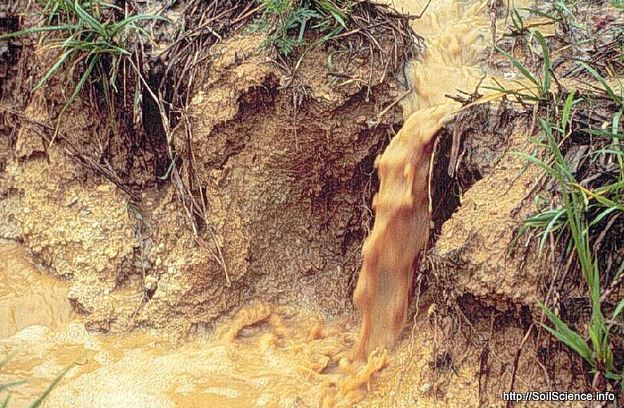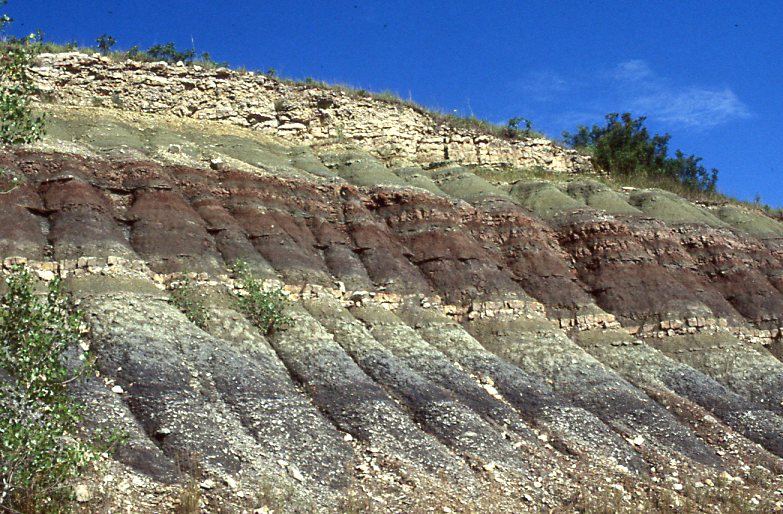Climate and History: Geography Matters
Just finished John Brooke’s Climate Change and the Course of Global History: A Rough Journey (Cambridge University Press, 2014). If nothing else, the book is a remarkable achievement with respect to the breadth and depth of literature and ideas brought to bear, including history, geography, geology, anthropology, economics, climatology, ecology, and archaeology. Brooke also makes a compelling case for a significant role for environmental change in general, and climate change in particular, in influencing human affairs and history (and, of course, vice-versa).




